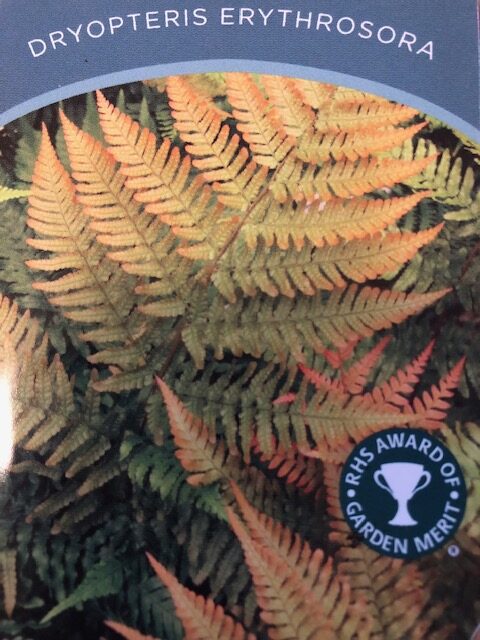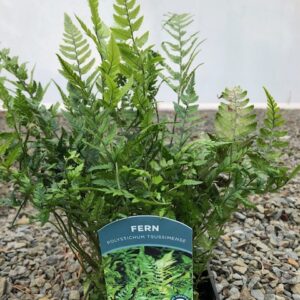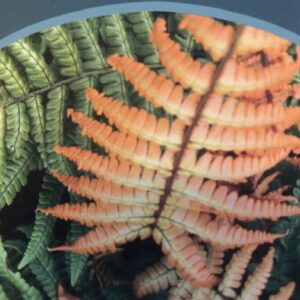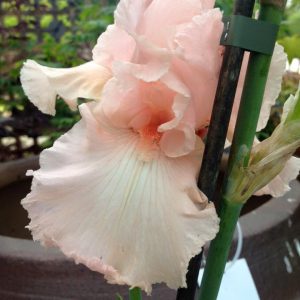Ferns, Baby Range (9cm), Perennials
Autumn Fern
Dryopteris erythrosora
£11.99
Autumn Fern 
One cannot help but be drawn in by the striking appearance of Dryopteris erythrosora This deciduous fern is known for its elegant fronds, which unfurl in a symphony of color throughout the growing season. Early in the spring, the fronds emerge in shades of coppery-red, hence the common name “Autumn Fern.” As the season progresses, these fronds transition to a lustrous dark green, creating a dynamic display of color in the garden, growing to a height and spread of 60cm.
SKU: N/A
Categories: Ferns, Baby Range (9cm), Perennials
Tags: Autumn colour, Ferns, Interesting Leaves, Shade loving, Woodland plant
Related products
-
Rated 0 out of 5
Aubrieta Kitte Blue
£4.99 Select options This product has multiple variants. The options may be chosen on the product page -
Rated 0 out of 5
Polystichum tsussimense
£11.99 Select options This product has multiple variants. The options may be chosen on the product page -
Rated 0 out of 5
Dryopteris wallichiana Jurassic Gold
£11.99 Select options This product has multiple variants. The options may be chosen on the product page






